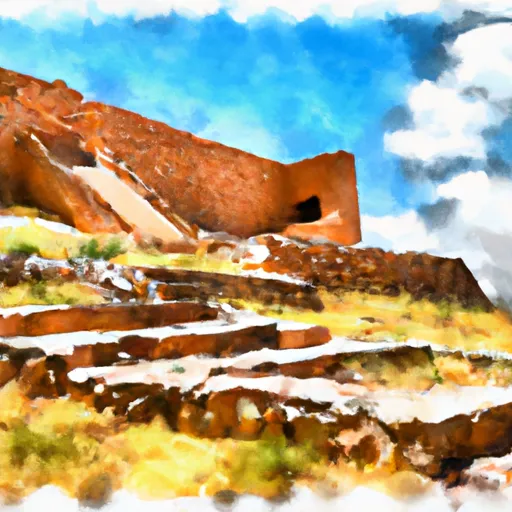Summary
The site is located near the Mogollon Rim, which provides stunning views of the surrounding area.
The most prevalent fish species in the Prairie Lane Fishing Site include rainbow trout, brown trout, and brook trout. Anglers have reported catching trout weighing up to 20 pounds in this area. Fishing tips for this site include using small baits and lures, as well as fishing early in the morning or late in the evening.
Aside from fishing, the area is also known for its hiking trails, camping sites, and scenic drives. Visitors can explore the nearby Tonto Creek Trail or the scenic Sycamore Rim Trail.
The best time of year to visit the Prairie Lane Fishing Site is during the spring and fall, when the temperatures range from 50 to 70 degrees Fahrenheit. During these seasons, the water temperature is cooler, which makes it more comfortable for both the fish and the anglers.
Overall, the Prairie Lane Fishing Site is a great destination for fishing enthusiasts and outdoor adventurers. Its variety of fish species, nearby activities, and beautiful scenery make it a must-visit location in Arizona.
Weather Forecast
Nearby Streamflow Levels
Angling Safety Guidelines
Check local fishing rules, seasons, size limits, and license requirements to ensure legal and sustainable angling.
Handle Fish Responsibly
Use wet hands, minimize air exposure, and release fish gently to improve survival rates when practicing catch-and-release.
Choose the Right Gear
Match your rod, line, and tackle to the species and conditions to increase success and reduce unnecessary harm to fish.
Respect the Waterway
Avoid disturbing habitat, prevent bank erosion, and keep a safe distance from spawning areas to protect ecosystems.
Keep It Clean
Pack out all line, hooks, bait containers, and trash—discarded gear can injure wildlife and degrade waterways.

 Skidmore Day Use Fishing Site
Skidmore Day Use Fishing Site
 Black Canyon Fishing Site
Black Canyon Fishing Site
 Bignotti Picnic Site
Bignotti Picnic Site
 Sheeps Crossing Fishing Site
Sheeps Crossing Fishing Site
 Mingus Lake Day Use / Fishing Site
Mingus Lake Day Use / Fishing Site






 Thousand Trails Rd Dispersed
Thousand Trails Rd Dispersed
 Dead Horse Ranch State Park
Dead Horse Ranch State Park
 Mingus Mountain Campground
Mingus Mountain Campground
 Mingus Mountain
Mingus Mountain
 Playground Group Campground
Playground Group Campground
 Powell Springs Campground
Powell Springs Campground
 Phoenix Cement Dam #1
Phoenix Cement Dam #1
 Cottonwood Kids Park
Cottonwood Kids Park
 Dead Horse Ranch State Park
Dead Horse Ranch State Park
 Tuzigoot National Monument
Tuzigoot National Monument
 Montezuma Castle National Monument
Montezuma Castle National Monument
 Jerome State Historic Park
Jerome State Historic Park